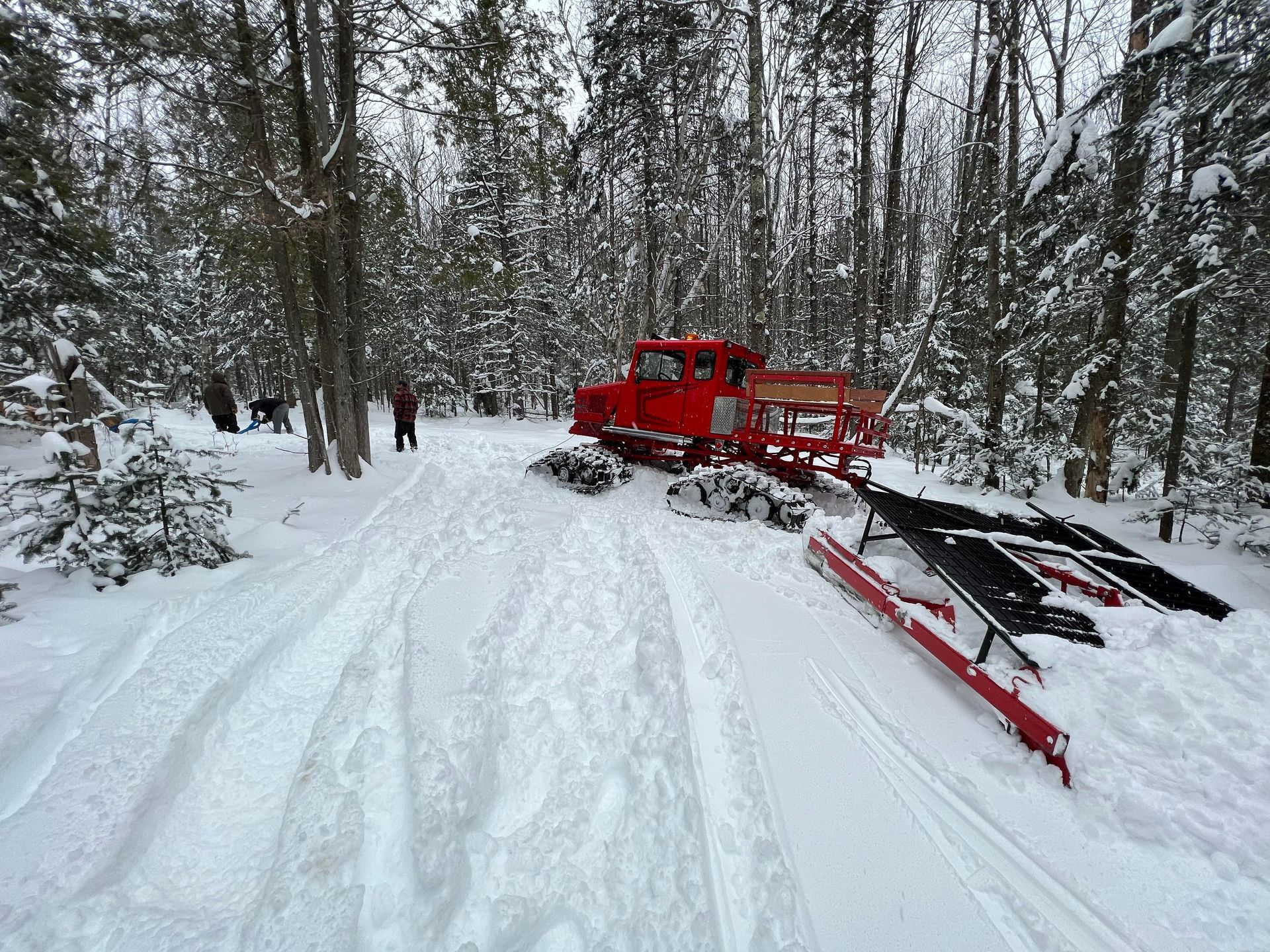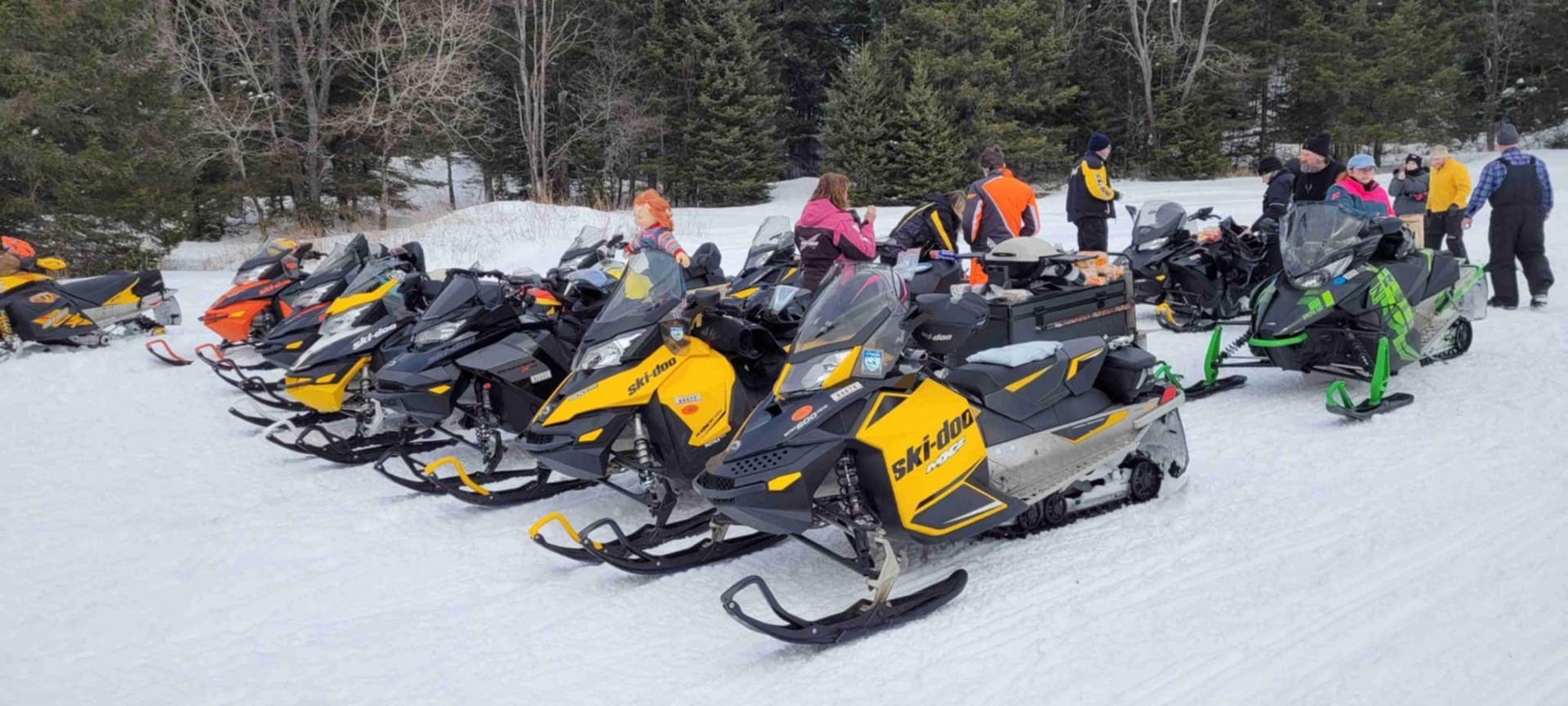Snowmobiling isn't just a winter pastime; it's a community-driven adventure that comes alive through the camaraderie of like-minded enthusiasts. If you're a snowmobiler who has yet to hop on the club bandwagon, here are compelling reasons why joining a snowmobile club can elevate your experience on the powder-covered trails:
1. Trail Access and Maintenance:
Snowmobile clubs are the unsung heroes of the winter wonderland. By joining a club, you become a trail guardian, contributing to the upkeep and grooming of local trails. Your involvement ensures these paths remain safe, well-maintained, and fun for everyone.
2. Community and Social Interaction:
Connect with fellow adrenaline-seekers who share your passion for snowmobiling. Snowmobile clubs offer a hub for socializing, organizing events, and participating in meetings. Forge lasting friendships, share thrilling experiences, and build a tight-knit community.
3. Safety Education:
Safety is paramount in the world of snowmobiling. Many clubs prioritize safety education, offering workshops, programs, and materials to enhance your knowledge. Stay informed about safe riding practices and local regulations to secure every adventure.
4. Advocacy and Representation:
Be part of a collective voice advocating for the interests of snowmobilers. Snowmobile clubs represent local, regional, and national enthusiasts, addressing crucial issues such as trail access, land use, and snowmobiling regulations.
5. Organized Events and Rides:
Experience the thrill in an organized and structured way. Snowmobile clubs frequently arrange group rides, events, and activities, providing opportunities to explore new trails, revel in camaraderie, and immerse yourself in the vibrant snowmobiling community.
6. Discounts and Benefits:
Membership perks are often a hidden gem. Some snowmobile clubs offer exclusive discounts on gear, equipment, or services related to snowmobiling. Enjoy financial savings and added value that sweetens the deal of club membership.
7. Environmental Stewardship:
Embrace responsible riding practices with clubs that emphasize environmental stewardship. Contribute to initiatives promoting the responsible use of natural areas, reducing your environmental impact while enjoying the thrill of snowmobiling.
8. Access to Information:
Knowledge is power on the trails. Snowmobile clubs serve as valuable information hubs, providing insights into local trails, current conditions, and regulations. Benefit from shared experiences and tips to plan safer and more enjoyable rides.
9. Participation in Trail Planning:
Have a say in the future of snowmobiling. Clubs often play a role in planning and developing new trails. Joining a club allows you to contribute your input, be part of discussions, and shape the landscape of trail routes, amenities, and improvements.
10. Supporting the Sport:
By joining a snowmobile club, you're not just a rider but a supporter of the sport. Your membership fees and volunteer efforts help sustain the club's activities, ensuring all members' continued enjoyment of snowmobiling.
In conclusion, joining a snowmobile club isn't just about the practical benefits of trail access and maintenance—it's about becoming part of a vibrant community, sharing experiences, and contributing to the growth and sustainability of the exhilarating world of snowmobiling. Strap in, rev up, and let the adventure begin!





